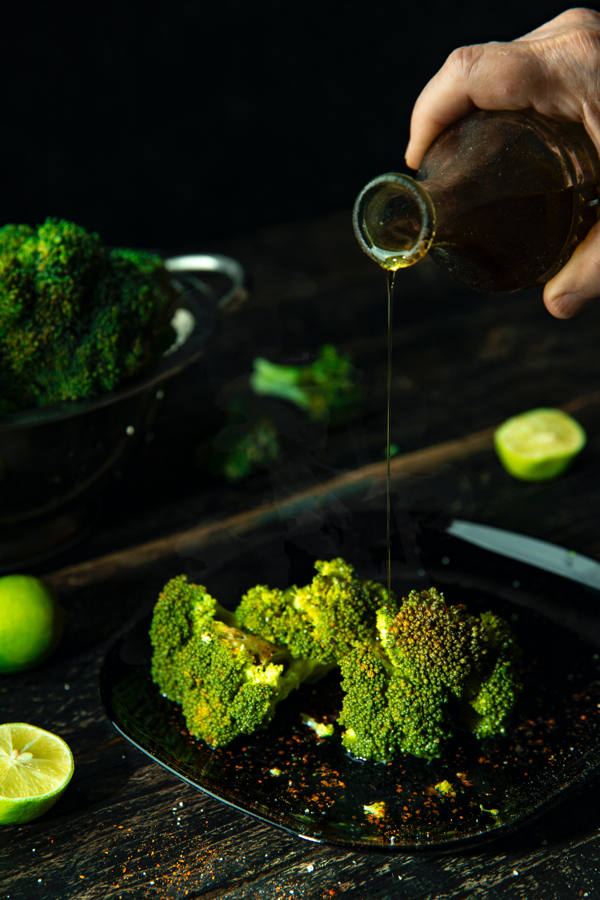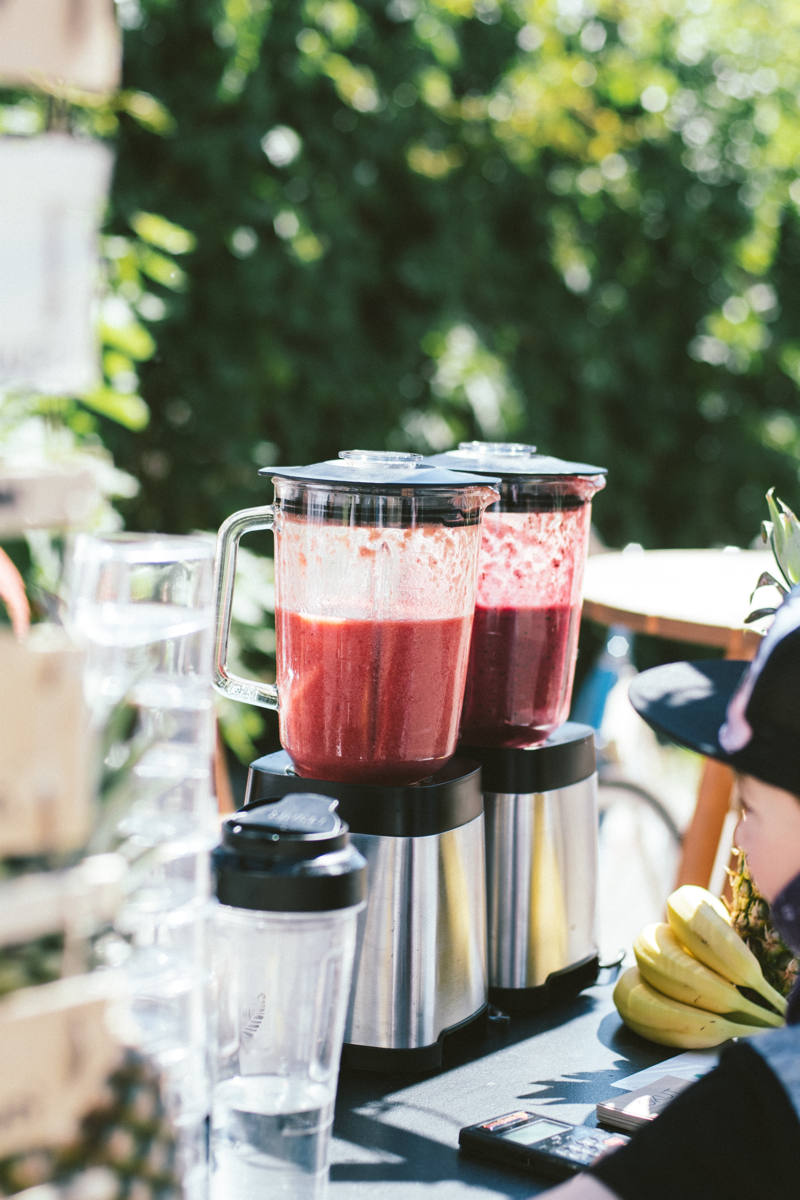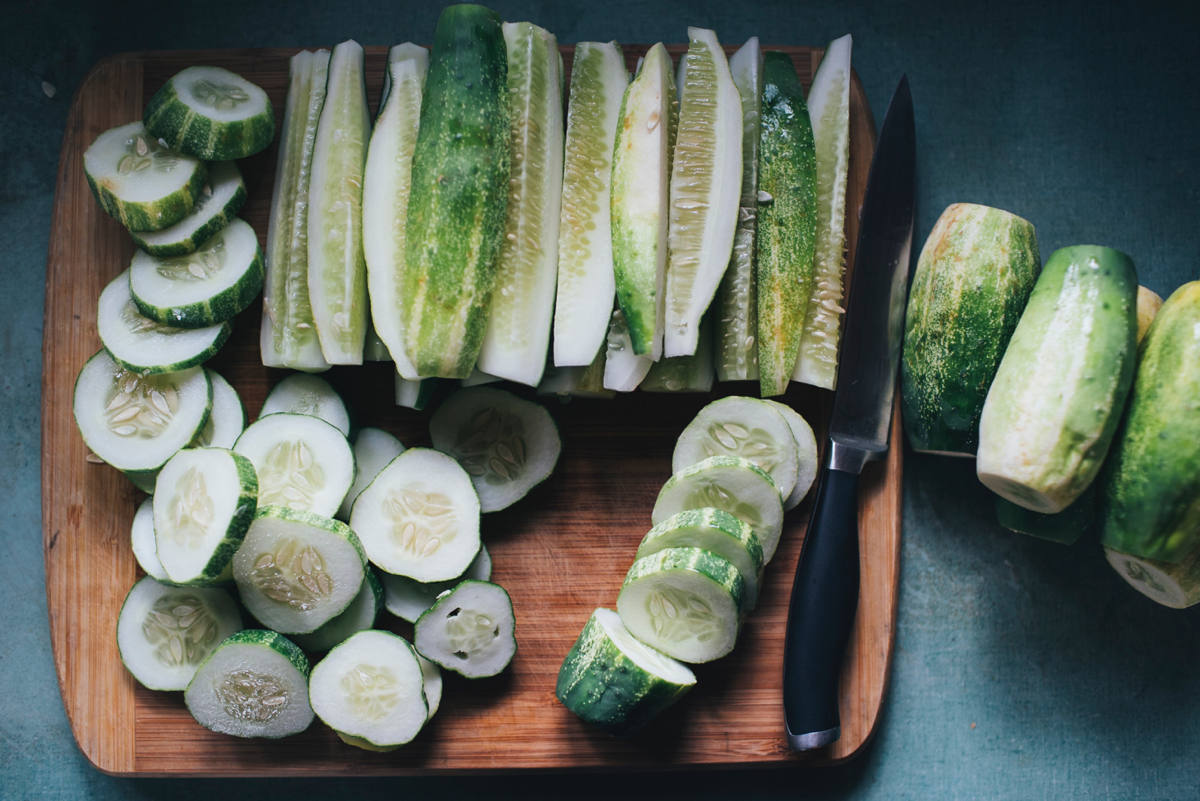Preserve Food For a Zero-Waste Kitchen
In this time of COVID-19 pandemic, bulk buying, restaurants closures, and new safety precautions have created huge shifts in food access, security, and food waste. In 2019, nearly a third of our food went to the landfill with twenty eight percent of world’s agricultural area is used to produce food that is ultimately lost or wasted each year creating 3.3 billion tonnes of CO2 equivalent per year. However, during this pandemic, it has not seemed to slow down. So, how could we consume better for ourselves and our earth one fork at a time?
The most we could do is to do meal-planning that would lead to what we buy and how we consume the food. But, what if you’ve done your best with cooking recipes? Preserving is one of the best ways to be creative with what’s left in the fridge lengthen the shell life of food and.
DRYING
The easiest and the most low-tech method is drying, especially for herbs, that requires only a sunny space (or, well...heater!) and patience to wait. Drying your own herbs will give you the satisfaction of a more potent and vibrant smell, taste of herbs that you’ve bought in stores. My favorite herbs to dry are thyme, rosemary, basil, kemangi, and cilantro.
How long will it it last: 1 up to 3 years.
FREEZING
While you’ve seen many artisanal preserved goods, the most accessible way to preserve is already in your kitchen. We’re talking about your freezer! The whole process is generally quite straightforward. However, we’re going to give you some tricks to properly store and defrost efficiently.
Always store in tupperware or freezer jars, not canning jars - unless you know they’re freezer-safe.
Once you want to defrost it, do not use hot water - whether it’s bananas, tomato sauce, or chicken soup. By defrosting it in hot water, you risk cooking the frozen food, and changing its texture and flavor in ways you can’t control.
Simply defrost it in a pan, in medium heat - or let the room temperature do it for 30 - 60 minutes.
How long it may last: Two to three months for vegetables, one to two months for herbs.




WATERBATH CANNED HOMEMADE JELLY AND JAM
What to do with so much fruits? Making them into jam and jelly could surely help to preserve the shelf life of fruits. Preserving jams and jelly would lead to water bath canning that uses pasteurization temperature which is below 100 celcius, heating at about 100 celcius, and sterilization temperature above 100 celcius.
To preserve and store, simply fill your canner halfway with water, enough to cover the jars by at least 1-inch. Lid the canner, adjust heat, and bring water to a rolling boil. Process according to your recipe, only counting time after the water is boiling. Turn off heat and remove the lid. Let jars sit for 5 minutes, then remove from the canner and set on a towel. Do not retighten bands if they are loose. Cool jars 12-24 hours, then check the seals. Label and store your jars! Our favorites are papaya and pineapple, strawberry, and marion berry!
How long it may last: Two years, stored in a fridge.
PICKLING
It’s not summer yet, but once the sun shines brighter, you know what to do to make it last forever. For any fruits, vegetables, and even herbs, the best thing to do with them is to make pickles! A crunchy, juicy, and tangy way you could make at home. Think of fresh pickled cucumber, brussel sprouts, pumpkin or even wild cherries! Here’s what you need to know about them:
- Choose your veg or fruits and cut them in small pieces. This is not compulsory, but the smaller the pieces, the better they absorb the brine
- Make the brine - A good brine has the proper ratio of vinegar, salt, sugar, and water. Without this, your veg and fruits will not pass the pickle status. You could also add some herbs like coriander, tarragon, peppercorns, and fennel seeds! After three days, your pickles are ready!
How long it may last: Two months, stored in a fridge.
FERMENTING
It’s not just tangy, but it’s everything new. Thanks to microbiology, fermenting opens up new possibilities of flavors. From kimchi, sauerkraut, to pickles. If you notice the ingredients, the most common vegetable to ferment is cabbage. It is because cabbage has naturally high water content, that once you massage it with salt, it creates its own brine. Simply massage a head of cabbage with salt and it will release enough liquid to submerge itself.
Once it’s ready, you may notice bubbles and odor! The bubbles will come to the surface as the cultures is alive. Fermentation speed depends on the produce used, your kitchen’s temperature, and pre-existing bacteria. To see how it goes, see how it goes after three up to 5 days. If you want a deeper flavor, you could let it sit and allow it to produce more layers of flavor. While if you like where it is, Put it in the fridge to slow down further fermentation.
How long it may last: as long as you want it to be.

+ Words: Prinka Saraswati
Prinka Saraswati - a textile and spicy - sour food enthusiast who cooks most of the time and writes, sometimes.
Connect with her on Instagram: Prinka




